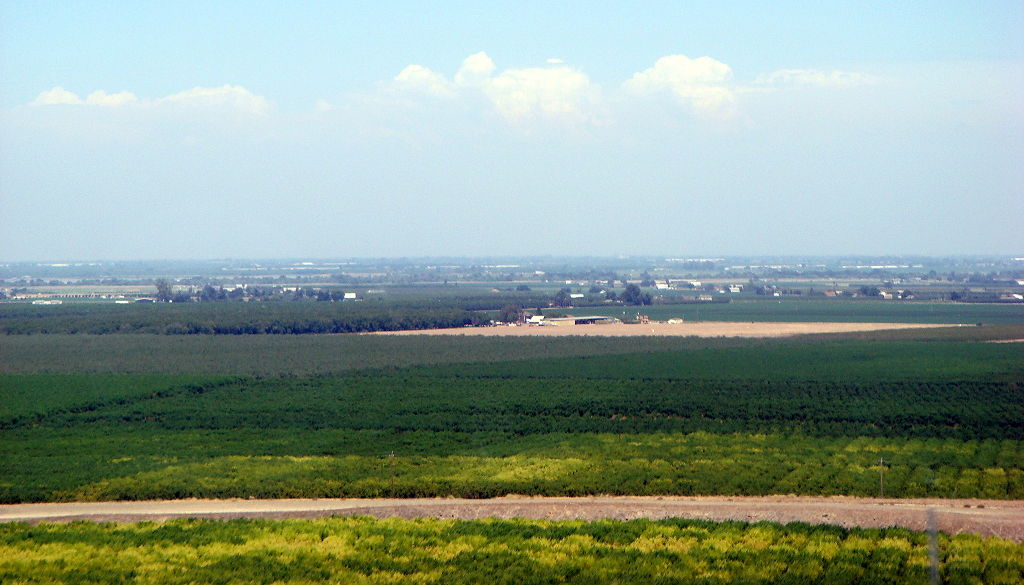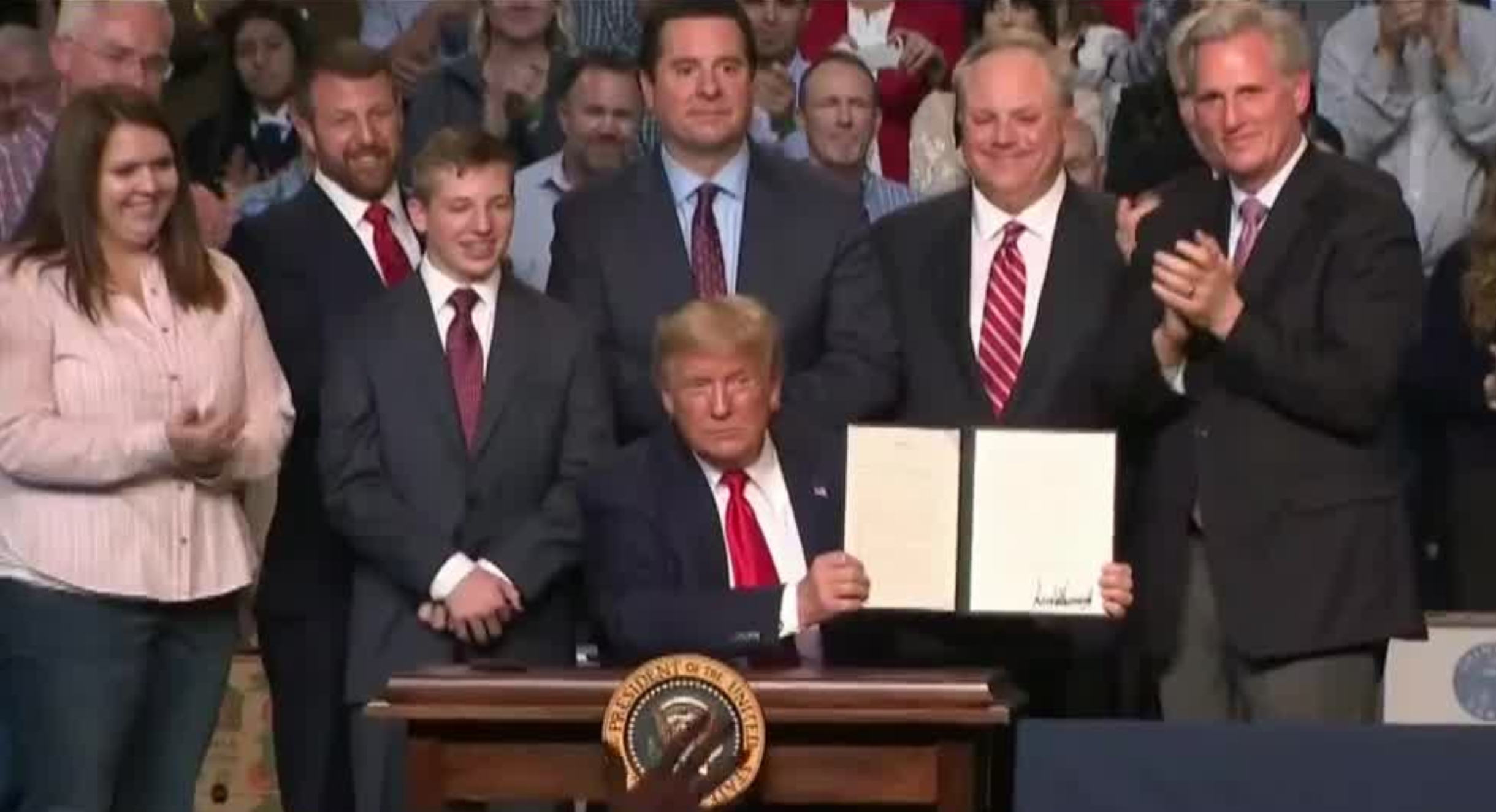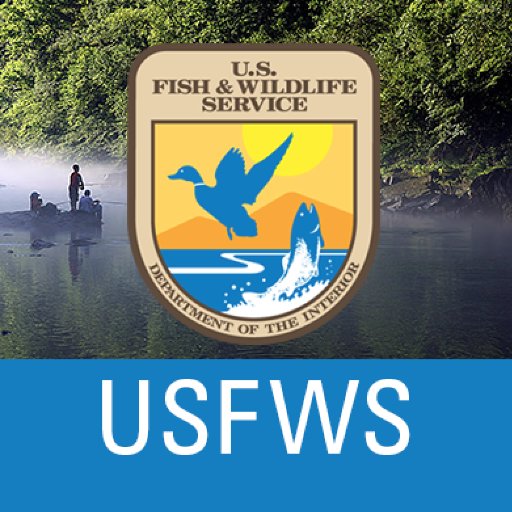
San Joaquin Central Valley
California Moves to Set Water Pumping Limits Without Federal Input
Moves comes a month after President Trump directed more water to farms in state
By Evan Symon, April 3, 2020 2:18 am
Last year federal investigations found that water could be diverted to farmland
On Tuesday, California broke with policy and issued a new operating permit for its water project in the Central Valley without federal input.
A break from federal policy
The Department of Water Resources (DWR) and the Department of Fish and Wildlife (DFW) approved of the move, undermining both a federal order from Donald Trump over diverting water to farmland and a lawsuit by the state over that order. Both agencies explained that the new permit would add new water pumping limits to protect endangered species of fish such as the chinook salmon.
“California’s water operations need to support our communities while protecting our fish and wildlife,” said DFW Director Charlton Bonham and DWR Director Karla Nemeth in a joint statement. “Most importantly, it ensures that our state water infrastructure operates in a manner protective of fish species listed under the state’s endangered species law. It does so in many ways, including by dedicating water for delta outflows during drier periods when fish and habitat need it the most.”
The decision by California marks the latest in the battle of water between the need of farmers, cities, and endangered species. Last year federal investigations found that water could be diverted to farmland in the Central Valley without a loss to endangered species of fish. This was followed by an update to the Endangered Species Act in October of last year that lifted many barriers for federal water diversion.
Water diversion and lawsuits

Following months of speculation, President Trump signed an order to divert water to farms in February, fulfilling a campaign promise he made in 2016. While the move was celebrated by farmers and many in the agricultural field, environmentalists and the state of California blasted the move, noting that lower water level and water diversions to the south would kill many endangered species of fish.
“A major obstacle to providing water for the region’s farmers has now been totally eliminated by the federal government,” President Trump said at a Bakersfield press conference announcing his decision. “For too long water authorities have flushed millions of gallons into the Pacific. I ordered the administration to update outdated opinions which determined water allocation in this state.”
The day after Trump’s announcement, California proceeded to sue the U.S. Bureau of Reclamation to stop it.
“California won’t silently spectate as the Trump Administration adopts scientifically-challenged biological opinions that push species to extinction and harm our natural resources and waterways,” stated California Attorney General Xavier Becerra during a conference. “Our goal continues to be to realize enforceable voluntary agreements that provide the best immediate protection for species, reliable and safe drinking water, and dependable water sources for our farmers for economic prosperity.”
The lawsuit is currently awaiting its time in court, with many state contractors warily choosing which side to back.
Consequences of California’s action
While Tuesday’s decision doesn’t override the courts decision, it may stand as the temporary law as the federal government and the lawsuit are both tied up in delays over the COVID-19 coronavirus. Both the federally run Central Valley Project and the California run State Water Project may have to use what water is given to them by the state until the issue is figured out either by federal orders or a court decision in the lawsuit. As other outlets have noted, the new operating permit doesn’t end the fight with the Trump Administration by a long shot.
“It still all comes down to the federal want of giving farmers water and the states want of protecting species and getting water to cities,” said fishery expert Roger Dawkins. “For fish species in California, they absolutely need the water, and despite what the feds said, even a tiny imbalance can hurt them.”
“And those farms, they aren’t doing so hot, and you can’t ignore the water needs either.”
“Right now the state is siding with endangered species, but they did so at a time where people are worried about food production. Best case is that both sides find a compromise. Lord knows how many times I had to compromise with environmentalists over nearby wild hatcheries. We need to find a way to protect species, while also giving farms and people the water they need, while also making sure we have some water saved up for drought times.”
“It’s a hard line to walk, but we’ll see where we get to.”
“One thing is for sure. The federal government is going to respond soon and respond hard.”
As of Thursday the federal government hasn’t responded directly to California’s actions. A court decision over federal water diversion is expected in the coming months.
- Bill to Require Law Enforcement Disclosure if AI Was Used To Help Write Reports - August 7, 2025
- Gov. Newsom Files FOIA Request To ‘Expose True Cost’ Of L.A. Federal Troop Deployment for Anti-ICE Riots - August 6, 2025
- California Redistricting: How Newsom’s Plan Will Demolish Hard Fought GOP Gains - August 6, 2025





Famine will go hand in hand with the pandemic as planting season arrives all over the world, and a large part of the population is in lock down. Combine that with the devastation locusts have caused across large parts of Africa and the Middle East and you have the makings of an even greater crisis. Just when the world and our economy need California to produce as much food as possible, the mental giants in Sacramento put together a plan to take around a million acres out of production. Why do we keep electing democrats?
Perfectly said.